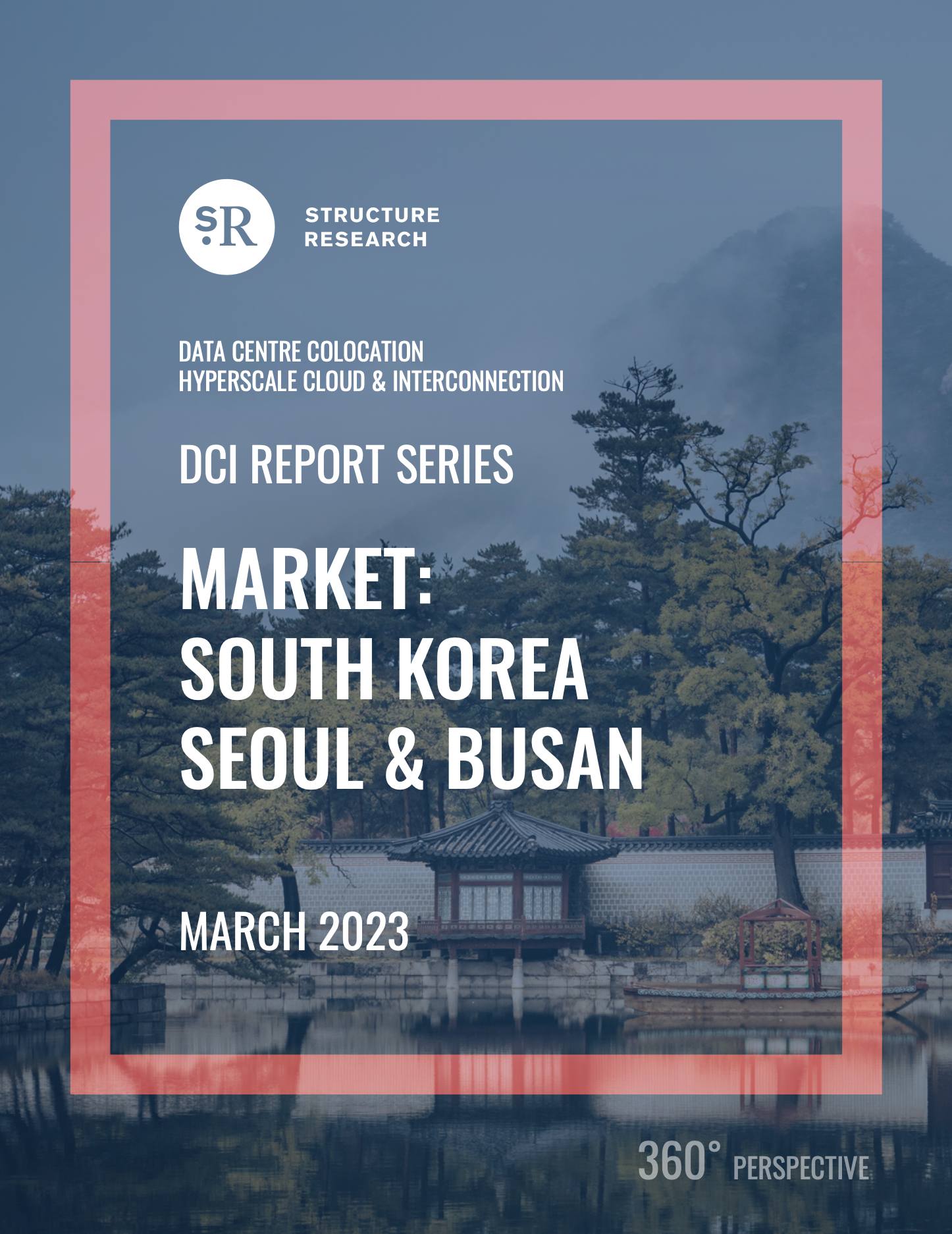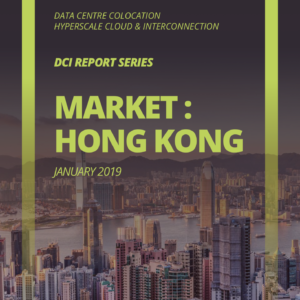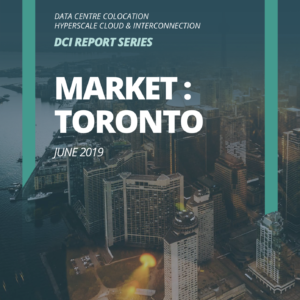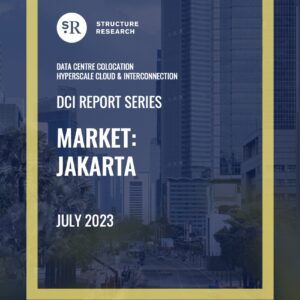Description
The South Korea (Seoul & Busan) DCI Report is an in-depth 93-page study that measures the aggregate size and 5-year growth projections of the Seoul data centre colocation, hyperscale cloud and interconnection market from a revenue generation standpoint and supply/demand utilization from a space and power perspective.
This version includes detailed pricing analysis and projections for hyperscale, wholesale and retail colocation deployments as well as vertical segmentation break outs. Interconnection for the Singapore markets are covered in terms of hyperscale public cloud on ramp locations, Internet Exchange locations and Software Defined Network (SDN) fabric deployments.
There are data centre provider leaderboards that distinguish between revenue, space and power capacity in Seoul along with sub-regional analysis that further splits the Seoul market into specific sub-regions.
Our 2023 version also includes a granular tracking of hyperscale colocation and self build data centre capacity by hyperscaler.
Read the 66-page PDF preview HERE.
Executive Summary
Seoul, South Korea is yet another market in the Asia-Pacific region that is experiencing a growth surge and quickly establishing itself as a top tier location. Seoul possesses all the core fundamentals that a major market should have. There is a critical mass of population and end users, the right cross-section of demographics, the presence of quality infrastructure and a strongly centralized structure that ensures Seoul, and supporting edge markets like Busan, will be at the centre of activity for years to come. The Seoul market was worth US$630m in 2022 and is projected to grow at a five-year CAGR of 19%.
Not surprisingly, hyperscale is a primary driver of growth in this market. The major US-based cloud platforms have converged on Seoul in recent years and are all in the process of setting up scaled in-country data centre infrastructure. While the self-build has been an option in some cases, many of the regions and AZs being built out are ending up in colocation environments, and this has spurred strategic activity from global and regional operators. This was once a market dominated by domestic operators, with strong legacy telco presence, but now features a dynamic competitive landscape occupied by major global operators, new platforms supported by infrastructure-oriented investment vehicles and various joint ventures.
The scale and scope of the hyperscale expansion wave is substantial. The market currently has 514.5MW of built-out capacity as of 4Q22. This inventory could nearly triple based on the just over 900MW of capacity that is currently in the development pipeline. Nearly all of this inventory is being built to accommodate hyperscale requirements, but there is still enterprise and retail-level demand that continues to exist. This is also expected to drive uptake in interconnection services.
The demand profile is what makes Seoul such an intriguing market. US-based hyperscalers are landing en masse, Chinese hyperscalers are present in the market and there are domestic cloud infrastructure platforms at the subscale level such as NAVER and Kakao that are growing and consuming data centre colocation capacity. South Korea also has a burgeoning domestic content industry that is propelling demand for infrastructure. Some of these content and social media platforms may procure their own infrastructure and could reach multi-MW levels sooner than later.
This report is an excellent resource for any service provider, investor or enterprise end user looking to understand and project the data centre market in Seoul or find a service provider. The methodology applied continues to be the most robust in the industry. We track supply on a space and power basis, split all the metrics along retail and hyperscale lines, and aggregate inventory in multiple tiers according to build status, absorption rates and maximum capacity levels. Hyperscale cloud nodes and on-ramps are mapped and a complete directory is provided.
Read the 66-page PDF preview HERE.
Download PDF preview
Read the PDF report preview HERE






